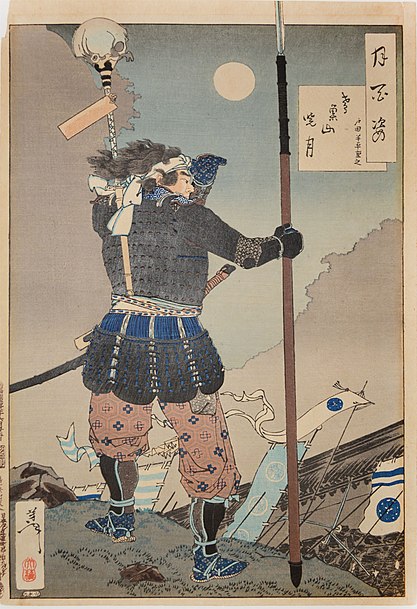
As I woke up and curled under the duvet of the cold attic bedroom I knew the day had come. I could hear it
calling me and although I wanted to stay a little longer in the warmth of the bed I could tell it wouldn't be long before my body would be inexplicably dragged to the seaside and
beasted. To be honest I'd seen it coming. It had been calling me all weekend. The sea was waiting and I couldn't wait any longer. After a brief breakfast of a banana (this could have been a mistake but turned out to be fine in the end) I drove to the old fairground car park and looked out across the wide stretch of beach leading down to the North Sea.
Seaton beach (recently famous as the place where the canoeist and
scamster John Darwin lived and 'died') is beautiful. Wide and long with golden sand. Spoiled only by the odd littering it really is a marvellous place. The dunes, however have even more character and this is where I needed to run- to expend my energy and train my limbs and muscles.

As I set off on the bright and cold morning I headed to Longscar pier not knowing that when I arrived I'd be so inspired by the view that I'd continue on to Teesmouth which is what happened. Just before the pier I had picked up a fairly light but long log and perched it over my shoulders to give me more of a work out. At the mouth of the Tees there's a sand bar and small ridge of dunes where a lot of flotsam can be found. I exchanged my light log for a heavier one. It wasn't too bad-maybe 15-20kg but it was big!
I learned 3 main things as I chugged (I can't really say I 'ran') back to the car park along the dunes:
1. Breathe. It was a long old haul back to the car: about 2 miles and I was completely lost in the moment of carrying the log and progressing one foot after the next that I was aware of my

breathing. Left to it's own course it was a choppy and fairly quick cadence: in over two paces and out over two paces. I found I could muster more energy by dropping into longer inhalations right down into my belly (using my diaphragm) and exhaling deliberately. It was enough to do this occasionally for a minute or so to keep me going.
2 Mind strength. More than a couple of times I thought, "Oh, knickers to this" and was about to drop the log, or even I found I wasn't jogging along but fast walking. Just at that point I simply told my body to keep going. Or I said sharply: "do it!" I was reasoning that actually my body could endure much more than it was going through at t hat moment and I used the power of my mind to keep at it. This time it worked! Other times it doesn't and I end up eating the chocolate bar....
3. Tucking my spine in. With the weight of the log and climbing dunes my bum started to stick out. I knew this wasn't a smart move as it puts great pressure on the lumbar region of the back so I tucked my butt in. This had the consequence of me waddling up the dune-with a straight back-but with my legs spliced out like a frogs'. Although seemingly ungainly I did work out my quads more in this fashion and saved my lower back some discomfort and possibly pain.
Enjoy the route and the pics.
View Larger Map
































